Free home visits
with a local audiologist
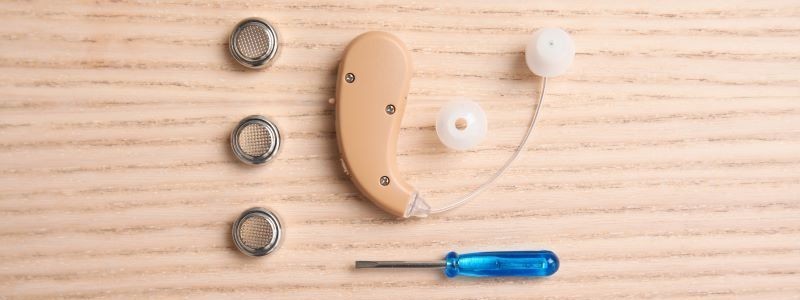
Hearing aid maintenance involves regular cleaning, battery replacement or recharging, and storing devices in a dry environment. Users should also check for earwax buildup, inspect for damage, and schedule periodic professional checkups to ensure optimal performance. Proper maintenance extends the life of hearing aids and ensures clear, consistent sound quality.
On this page, we will talk about why it's important, the apps that can help, the challenges, and how to maintain your hearing devices successfully.
Regular hearing aid maintenance is important for optimal performance, longevity, and user satisfaction. Proper care prevents malfunctions, reduces repair costs, and ensures clear sound quality. Cleaning, battery replacement, and professional check-ups help maintain device functionality, enhancing communication and quality of life for the wearer.
You must be consistent with your hearing aid maintenance throughout the life of the device(s). This will help them to stay in good working order and deliver the best hearing experience possible. It also reduces problematic everyday hiccups.
Although they are made of sturdy stuff, hearing aids are still unable to withstand improper use. Here, we go through the most important things to know about looking after your hearing aids.
There are now many hearing aid apps with maintenance tips integrated into features. A virtual PA system that will send you notifications on when to clean your devices and when to charge your batteries. A simple concept, but a massive step in increasing confidence in hearing aid users and also promoting essential maintenance to prolong the life of the devices.
The in-built hearing aid maintenance app concept has also evolved and hearing aid manufacturers like Starkey and Phonak have developed 'healthable' apps, called the myPhonak and Thrive, that will give you your battery status and allow you to set reminders to charge your devices or to take your medication for example.
Your hearing aid devices are switched on and support your hearing throughout your day, so it's important to look after them. Below we have lots of useful tips on how to keep your hearing aids in good working order and how to take care of them properly.
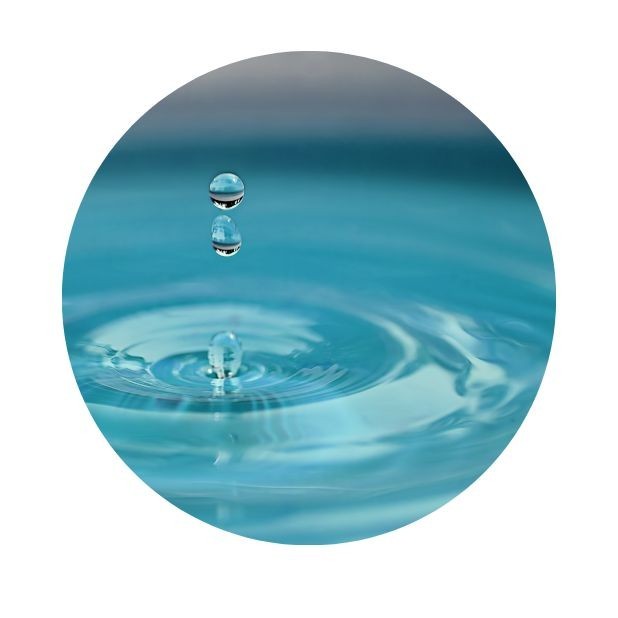
Hearing aids don’t like moisture, therefore always take off your hearing aids before bathing or swimming and store them in a safe place. Because of the high ambient humidity of a bathroom, make sure that the safe place is away from such an environment.
Get into the routine of cleaning your ears regularly before putting in your hearing aids, to avoid any sweat or other types of moisture getting into the devices.
Moisture and condensation can damage the technology within the aids, so we advise that you leave the battery compartment open each night to let the area naturally air out or use a digital hearing aid dehumidifier.
When maintaining your hearing aids, cloths are important. Every time you are cleaning or changing your battery, make sure you put the device(s) on a clean soft cloth. This avoids damaging your hearing aids if you drop them by accident.
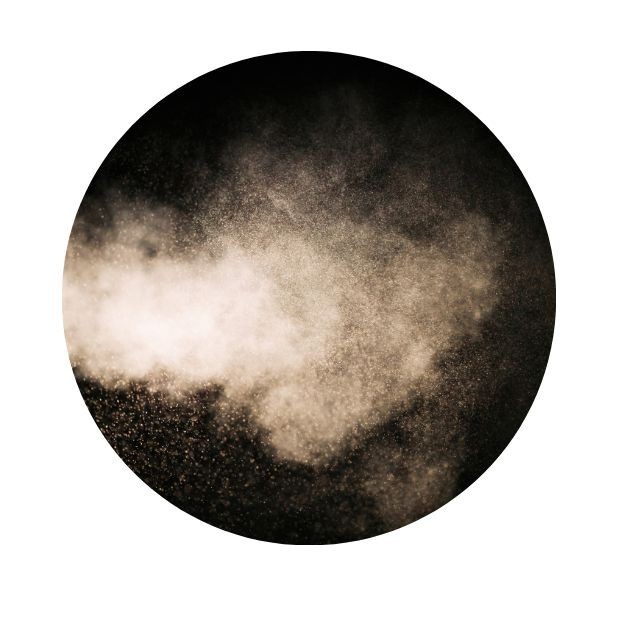
Dirt and dust is bad for your hearing aids. Ensure that you clean your hands of any grease and dirt before you touch your hearing aids. Ideally washing your hands before handling and ensuring they are completely dry first.
Hearing aid microphones are so small that they can easily become blocked by dirt and, therefore, reduce the quality and clarity of the sound you hear.
The small particles that are in makeup and hairspray can block the hearing aid microphone's input and volume control access. With this in mind, remove your hearing aids before you use any of these products.
When you are not wearing your hearing aids store them safely out of reach from children and pets. If you don’t deactivate your hearing aids when you are not using them the high sounds might irritate and upset some dogs.
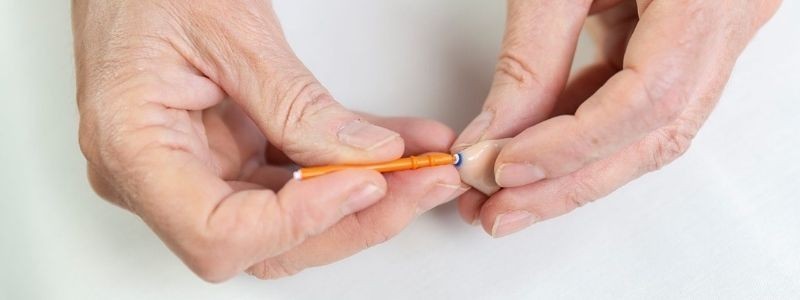
When you are not wearing your hearing aids ensure that they are stored within your case or drying set. This will protect them from damage, dust, and dirt. If you are planning on not using them for a longer period – remove your batteries.
If you think your hearing aids have moisture inside, and you’re unable to solve the issue by wiping them dry, try using a dehumidifier overnight. A dehumidifier can be hugely beneficial to the life of your hearing aids - they are a great investment! Remember to pack your case and dehumidifier when travelling, so you can maintain great hearing aid management wherever you are.
Why is keeping your hearing aids dry important? Hearing aids are made of sturdy stuff but they are still very sensitive to moisture, heat, and radiation. This means that you should avoid leaving them in the bathroom or the kitchen near something warm or hot.
For your hearing aids to continue to work to their full potential they need to be regularly cleaned. Use a soft, dry cloth and refrain from using alcohol, solvents, or any other cleaning products. You can purchase or be advised on special cleaning products from your audiologist that are safe to use.
Your audiologist is there to manage your hearing, but also there to help you take care of your devices and check them for ear wax, and moisture and clean accordingly.
Some hearing aid manufacturers include hearing aid maintenance kits when you initially purchase your hearing aids. This will not last forever, so speak to your audiologist who will be able to order more tools to help maintain your hearing aid devices going forward. You can also purchase hearing aid maintenance kits online.
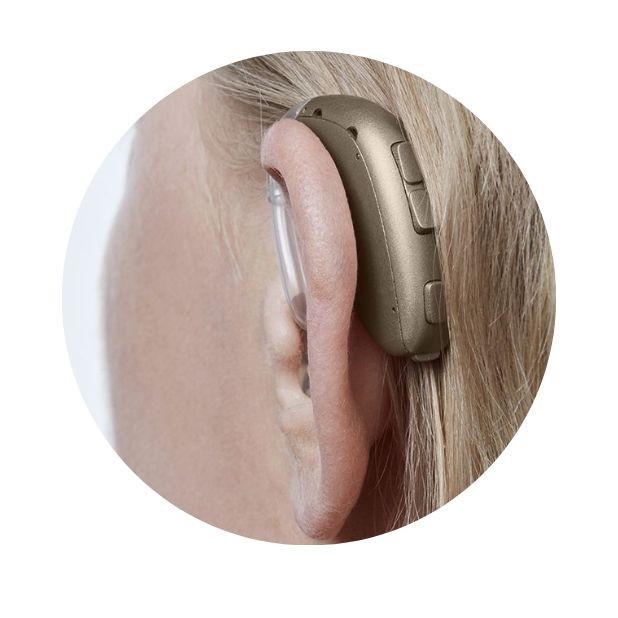
Cleaning hearing aids is the most important hearing aid service at home - and it's quick and easy! The good news is that most hearing aid manufacturers include hearing aid cleaning kits.
Such as hearing aid wipes, hearing aid spray, hearing aid cleaning wires, a hearing aid cleaning brush and other maintenance tools, when you first purchase your hearing aids.
Get into a weekly routine of checking your hearing aids from the start to make it even easier - here is how to clean both BTE hearing aids and ITE hearing aids separately.
If you are having any problems with your hearing aids, always go back to your audiologist and they will organise an assessment of the devices and repair if needed.
Screwdrivers and various types of oil can be detrimental to hearing aids and cause all sorts of damage, therefore please avoid them. The fragile nature of the technology within them can be destroyed when handled incorrectly and be, in some cases, irreparable.
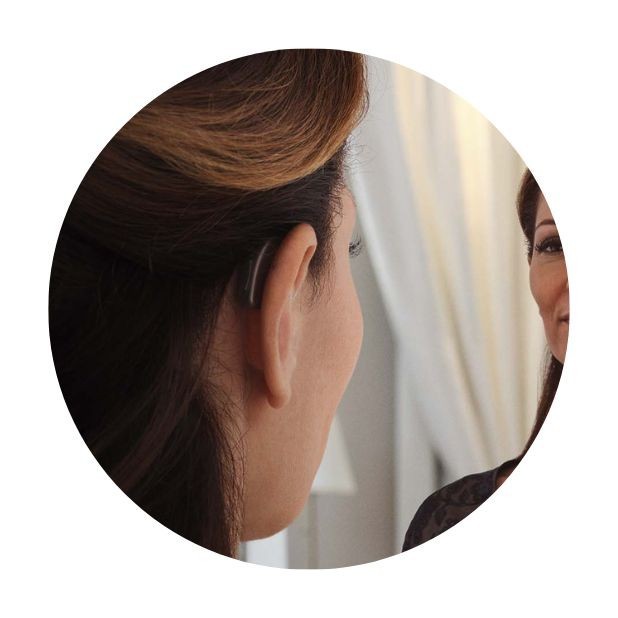
Daily: Ideally, you should wipe away excess dirt and wax with a microfibre cloth as part of a daily routine. This will help to avoid a build-up of excessive dirt and wax, taking time to check the tubing in BTE hearing aids and wax guards and filters if your devices have them.
This can also include removing the hearing aid moulds or domes and cleaning them in soapy water (ensuring to remove them first and they are dry before reattaching).
Weekly: A more in-depth hearing aid clean can be performed once every week, for example, removing earwax with a soft brush or wax pick if provided by your audiologist in your hearing aid cleaning kit.
It's advisable to clean the hearing aid battery contact points, keep an eye out for corrosion, and replace any wax guards or filters if required.
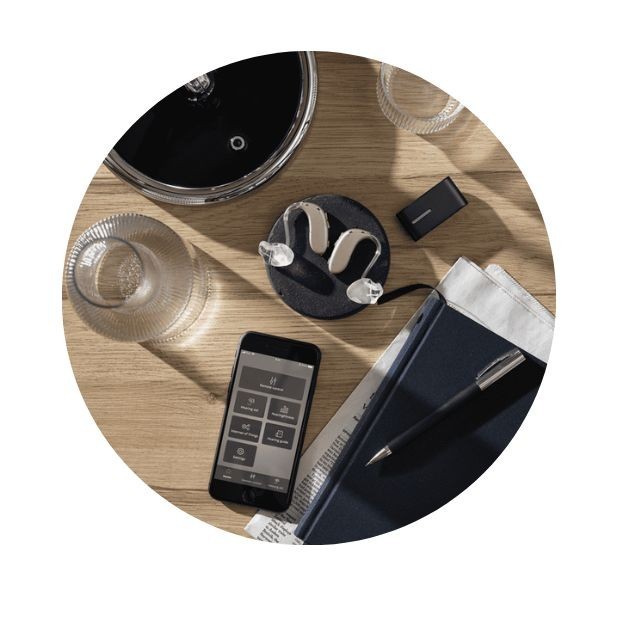
Your device repairs may or may not come under your manufacturer's warranty. It all depends on the level of damage or repair needed. However, hearing aid maintenance costs should be free of charge under most warranty or insurance policies.
![]()
Earwax and moisture are the main reasons why hearing aids are returned to be repaired. Hearing aids are classed as medical devices, which is why caring for hearing aids is important. They need to be maintained with the right know-how and tools.
Now there are plenty of cleaning and hygiene solutions for hearing aids on the market today that are universal and cater to all hearing aid brands. The Audinell cleaning and hygiene solutions, which have been developed and created by Widex are great examples.
All products are certified ISO 13485, which means that they are 100% safe and compliant with your hearing devices. This range offers hearing aid care and hearing aid cleaning solutions at home for all brands, not just Widex devices.
You can purchase hearing aid drying systems (or hearing aid dehumidifiers) online or through your audiologist that are easy to use. These systems don't use drying capsules, they use a forced-air heating process to dry your hearing aids, whilst taking away humidity and condensation. They also take away 99% of bacteria - usually with 360-degree UV-C rays.
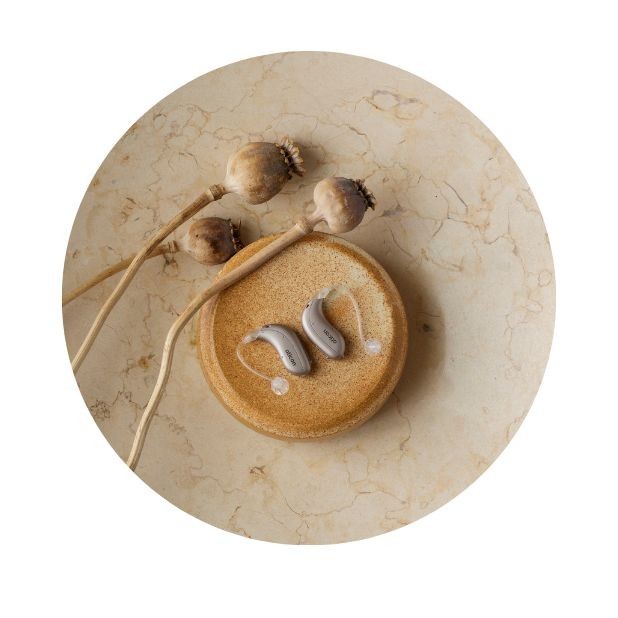
Hearing aid cleaning wipes are user-friendly and can come individually packed. They are usually aviation regulation compliant, which means they are great to use when travelling or on the go.
The hearing aid cleaning wipes include a surface-active agent that successfully dissolves any dirt, dust, or earwax on your hearing aids. These are particularly useful on ITE hearing aid devices.
You can now get cleaning spray with a brush attached. This does the same thing as above, but the brush means you can get to the difficult-to-reach places.
These brushes usually have an anti-rotation feature so you can use them more easily and carefully.
So it is effectively impossible to damage your devices whilst cleaning. If you are looking at how to clean hearing aid microphones, this brush is a great tool to remove dust and dirt safely.
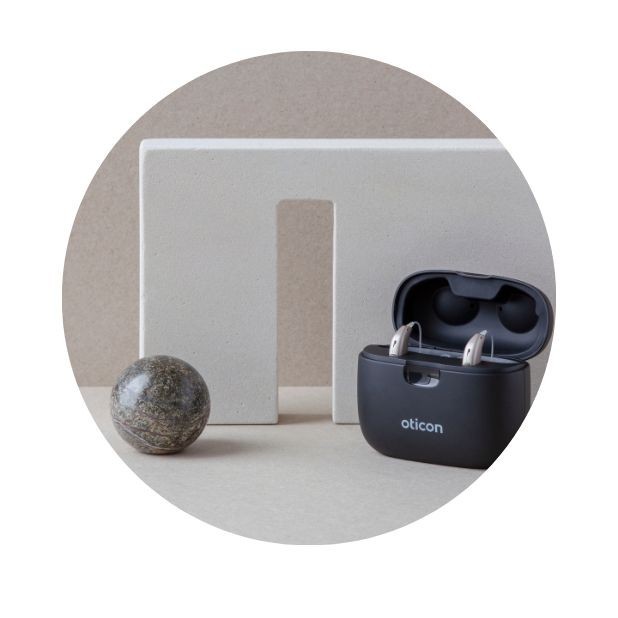
Place your hearing aid earmold and tube in warm soapy water for around fifteen minutes. Take them out and place them on a clean towel to air dry.
You can also use hearing aid cleaning cups and hearing aid cleaning tablets too. Simply place your moulds and tubes into the cup, fill it with warm water add a cleaning tablet, and soak for thirty minutes.
Then take them out and place them on a clean towel to air dry before using them again. These cups allow you to safely store your hearing aids while they are being cleaned.

You should wipe down the external parts of your hearing aid every day with a dry, soft cloth. You should also change your hearing aid tubes about every five to six months - unless stated differently by your audiologist.
Alternatively, you can use alcohol-free wet wipes to clean the body of the instrument, but ensure no excess water gets into your hearing aids. After you have cleaned your devices, leave them to dry for about one hour.
Most hearing aids come with a filter or other device to stop wax from getting into the hearing aid. However, these need to be checked regularly and replaced if necessary.
The thin hearing aid tube needs to be cleaned regularly to clear any moisture and wax. If this is not done then the wax will build up inside and you will not be able to hear at your best or at all.
Remove the tube from your hearing aid and use the cleaning tool that you got with your hearing aid initially (however these can be purchased via your audiologist) to pull through the tube slowly until it comes through the other end. Wipe the end of the tool with a clean, soft cloth and pull back through again.
Earmolds for RIC styles of hearing aids should not be separated from the device, as they contain electronics and should not be submerged in water. However, it should be cleaned regularly and the wax guard should be replaced when clogged or when the sound is missing clarity.
Wipe the earmold clean with a dry cloth and the ventilation opening using the cleaning tool or brush that came with your hearing aids. Push the brush through the hole and twist slowly to clean.
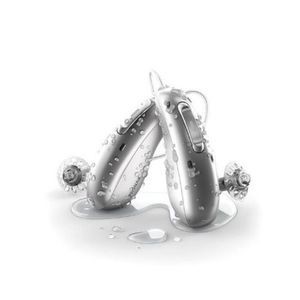
Earmolds without speakers are used on BTE hearing aid devices and they, like any other, should be kept clean. Unlike RIC earmolds, these can be detached and washed. Use a soft cloth to clean the surface of the earmold and use your tool to clean the opening.
Follow by washing your earmolds with mild soap, rinse, and leave to dry. Ensure the earmold is fully dry before reconnecting to the hearing aid.
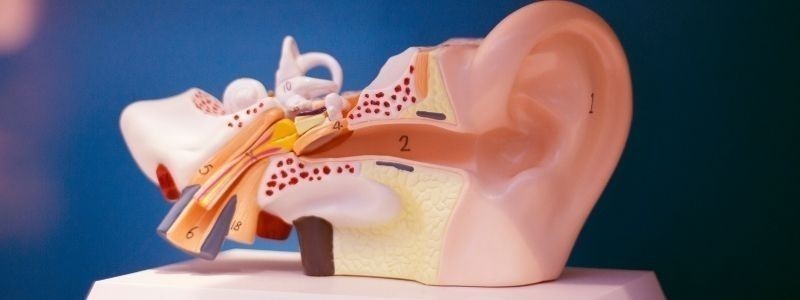
Wipe down the hearing aids outer shell with a dry, soft cloth or use an alcohol-free wet wipe to take away any moisture or dirt.
Using your cleaning brush, slowly and carefully take away any dirt from the sound outlet opening, as you twist the brush.
Press the cleaning brush lightly through the hole and twist slowly to get rid of any unwanted dirt or dust.
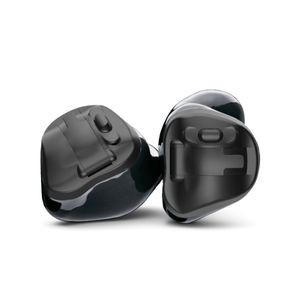
Looking for hearing aid maintenance or hearing aid cleaning near me? Your audiologist can support you with your hearing aid maintenance and cleaning. They can also educate you on where to buy hearing aid cleaning kits if they can't source them for you - which is unlikely.
We are happy to chat about any hearing healthcare enquiries. You might even be looking to upgrade your existing hearing aids or are new to hearing aids and would like some advice- either way, we can look after you.
Our audiology experts can advise you and put you in touch with your local audiologist. Call us free on 0800 567 7621 today to speak to our professionals.
Do not spend hundreds of pounds without getting a second opinion from us.
 Not only are the prices great, but the service is fantastic! Many thanks to your team.
Not only are the prices great, but the service is fantastic! Many thanks to your team.It is vital that you are consistent with your hearing aid maintenance throughout the life of the device(s). This will help them to stay in good working order and deliver the best hearing experience possible. It also reduces problematic everyday hiccups.
aids are made of sturdy stuff but they are still very sensitive to moisture, heat and radiation. This means that you should avoid leaving them in the bathroom or in the kitchen near something warm or hot.
Use a soft, dry cloth and refrain from using alcohol, solvents or any other cleaning products.
When we refer to a product as 'Latest Launch', we mean it is the latest to be released on the market.
When we refer to a product as 'New', we mean that the product is the newest hearing aid model on the market.
When we refer to a product as 'Superseded', we mean that there is a newer range available which replaces and improves on this product.
When we refer to a product as an 'Older Model', we mean that it is has been superseded by at least two more recent hearing aid ranges.